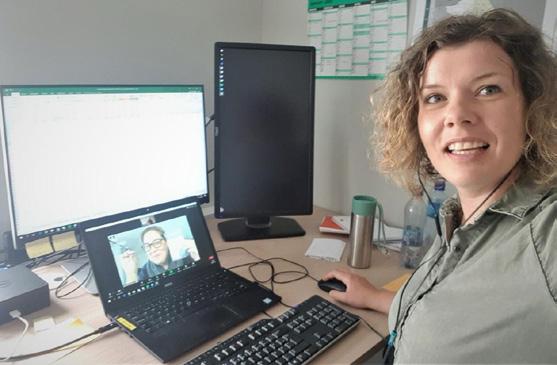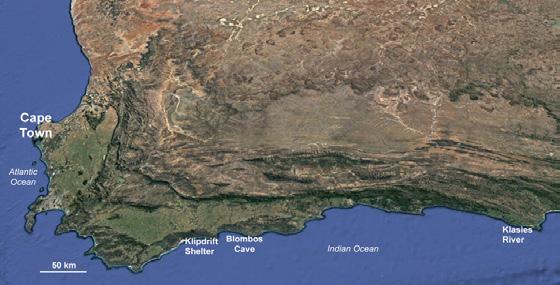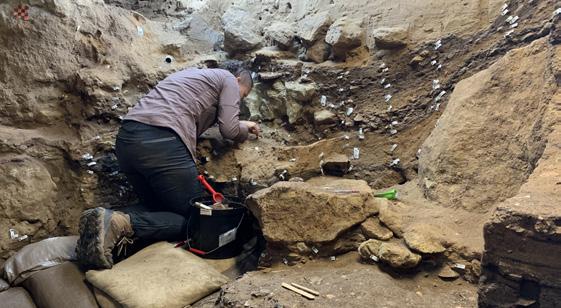STORIES 35
HYDROCLIMATIC AND VEGETATIONAL RECONSTRUCTIONS USING LEAF WAXES IN CAVE SEDIMENTS The duration and multidisciplinary nature of SapienCE has given rise to a number of promising spin-off projects that were not envisaged when the centre was formed. One of these initiatives, called CAVEWAX, is led by SapienCE researcher Margit Simon. Within this project, a team of researchers aims to reconstruct hydroclimate using leaf waxes extracted from sediments within cave archaeological sites. Because these sediment samples come from the archaeological horizons themselves, the relationship between the archaeological and hydroclimatic records is clear, making it more straightforward to compare paleoclimatic changes with cultural changes. Moreover, limited information about terrestrial hydroclimate in the locations and timeframes studied by SapienCE is currently available, a gap in our knowledge which CAVEWAX will fill. The rationale behind this project is that detailed analyses of the chemistry of leaf waxes found in cave sediment samples can be used to reconstruct various aspects of hydroclimate. For the year-round rainfall zone that Blombos Cave is situated in, the CAVEWAX-team will investigate the modern relationship between the hydrogen isotope composition of leaf waxes and moisture sources. Furthermore, the long-
chain n-alkanes distribution and compound-specific stable carbon isotope composition of leaf wax in modern soil samples will be compared to vegetation types in the region. If these relationships can be established successfully, the variability of hydrological and environmental conditions, as well as vegetation shifts in the area immediately surrounding the cave, can be reconstructed. This approach allows a direct comparison of hydroclimatic shifts with behavioral innovations and faunal changes seen in the cave sequence. As part of a pilot study, the long-chain n-alkanes distribution and hydrogen isotopic composition of leaf waxes occurring in a few soil samples from the archeological sequence in Blombos cave have been analyzed. The results from these samples indicate that the proposed approach is promising. The pilot study data show changes in humidity throughout the sequence, which can potentially be linked to changes in wind direction and hence moisture source, over time. In 2021, funding for this project idea will be sought from the Research Council of Norway and the European Research Council.





















